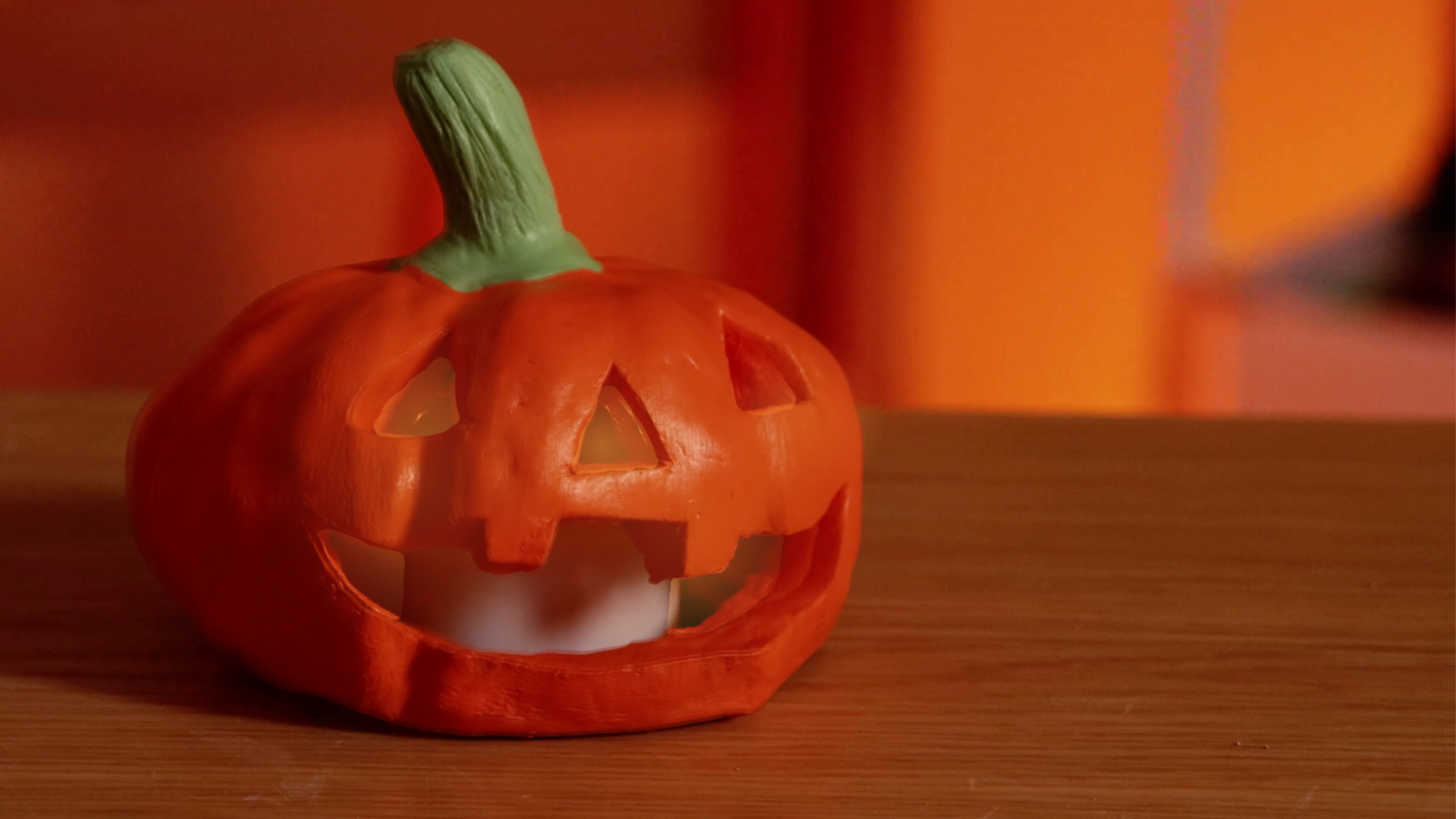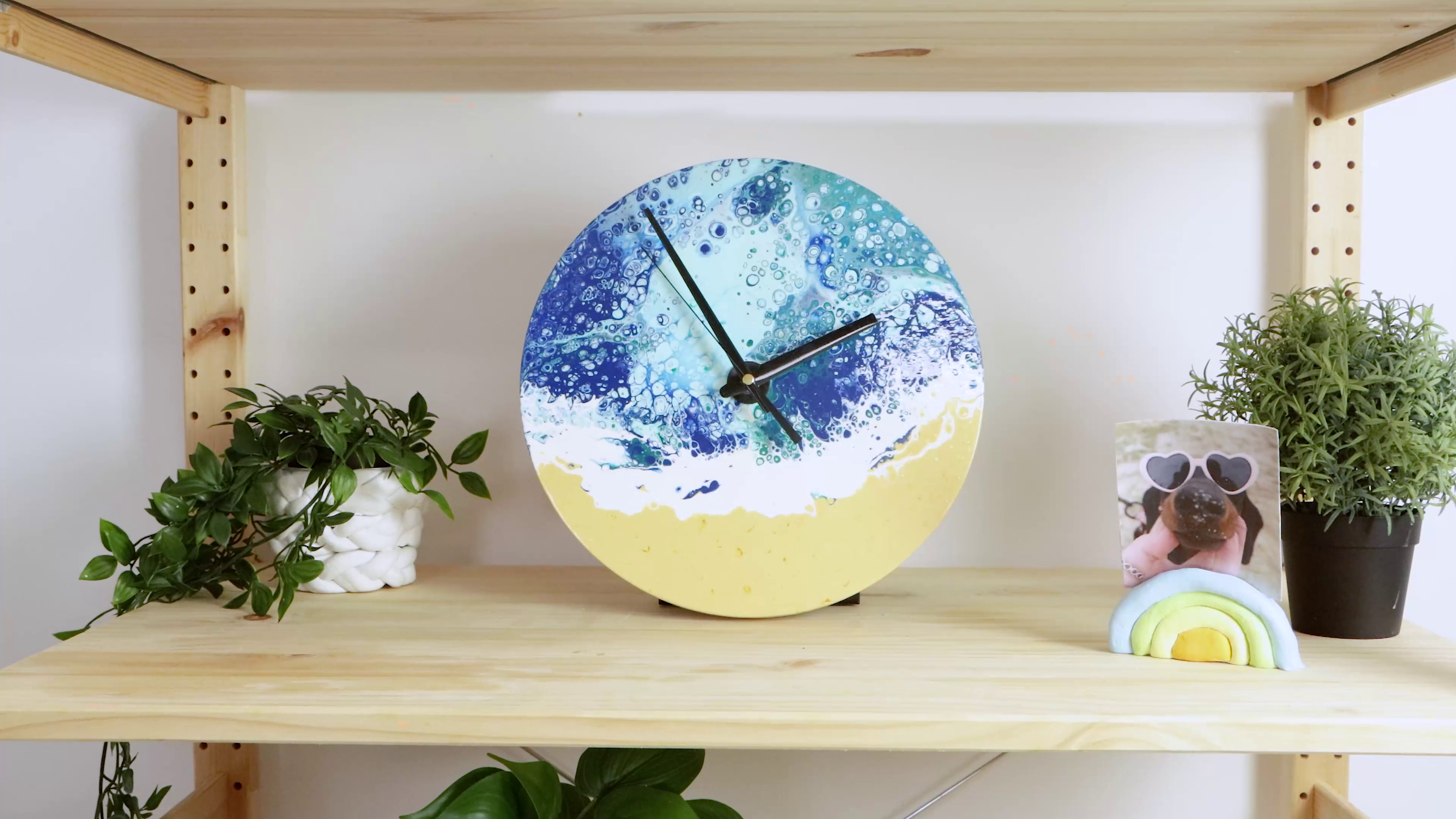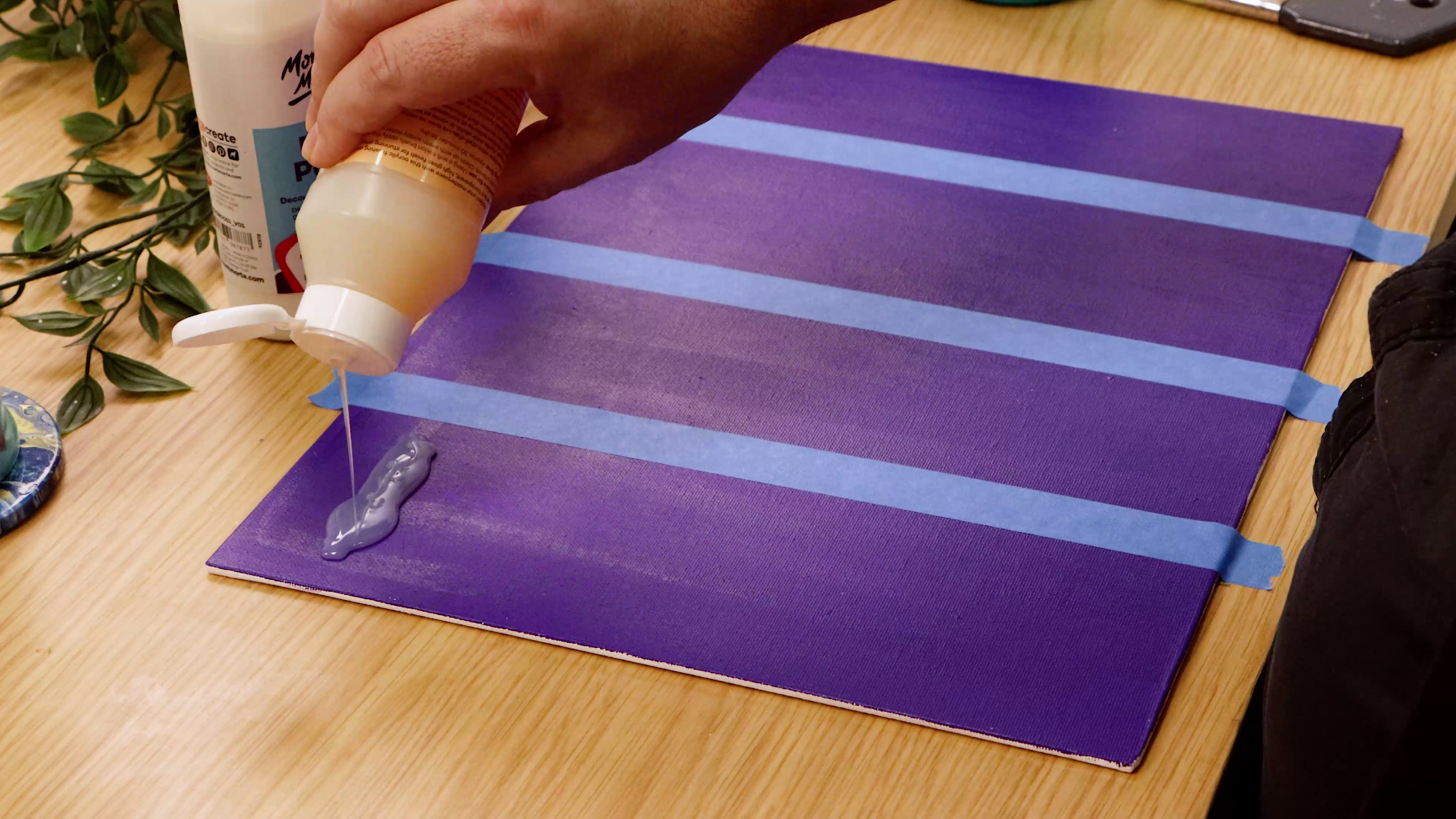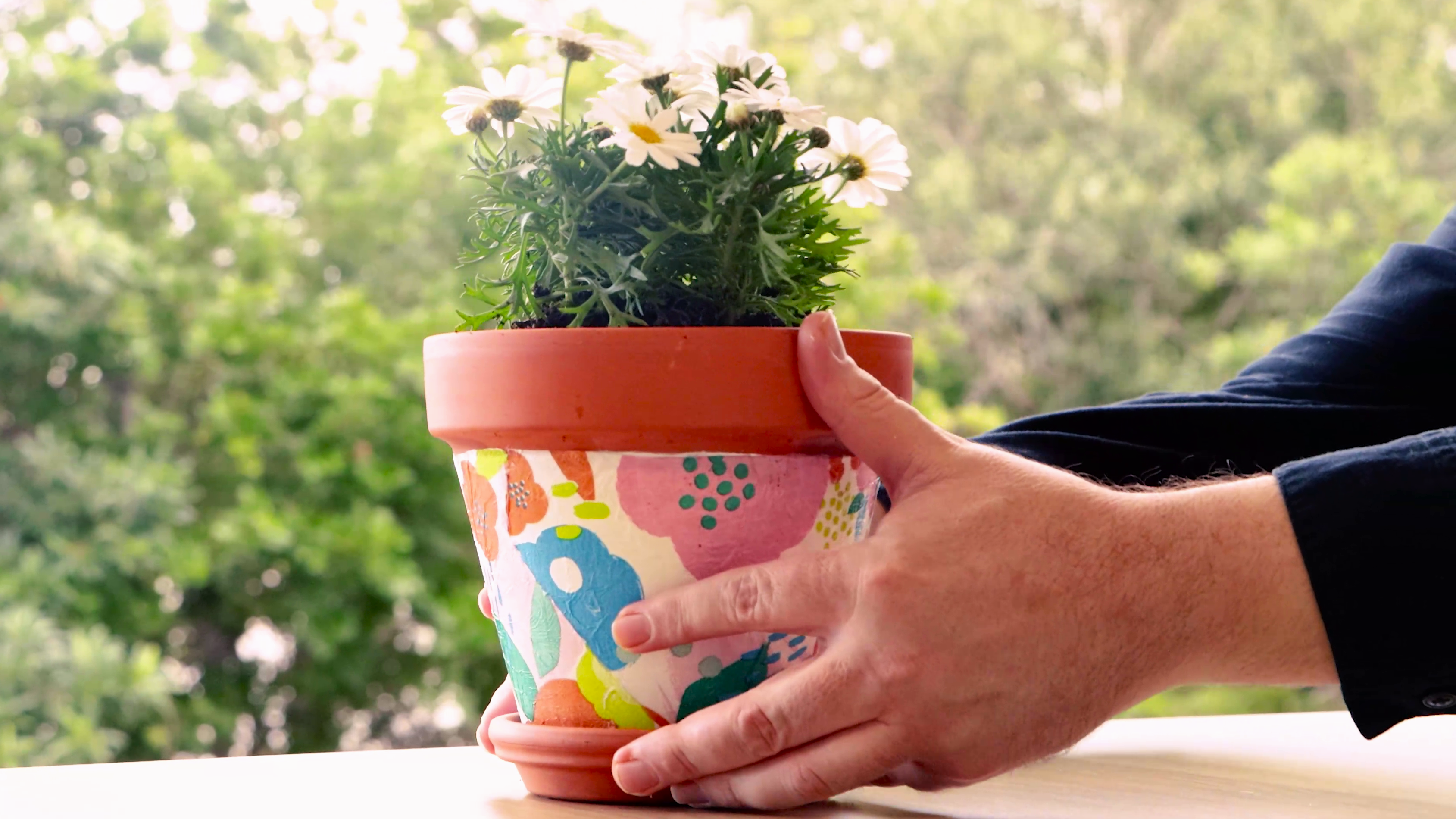Sculpt a lion head in air drying clay
Want to sculpt the king of the jungle? Watch and learn as we walk you through it step by step!
Step 1. The armature
If you choose to make the same size bust as we have made you will need 5 x 2kg blocks of clay. Approximately 9 kgs. With this amount of clay the armature needs to be very robust.
The materials required to make the armature can all be purchased at a hardware shop and are listed on the second page. These are the steps that need to be taken. For more guidance we recommend you view the accompanying video.
1) Cut the 30mm x 30mm length of wood to 23.5cm and attach it to the centre of the painting board with 4 x 40mm angle brackets.
2) Cut a 30mm x 30mm length of wood to 8.5 cm and attach it to the front of the length attached in the step before. Refer to the armatures views and use a couple of 40mm brackets to secure it.
3) Cut a third length at 14cm long and attach it to the rear of the central length with a couple of 50mm screws and supported with a 40mm bracket.
4) Lay a front view onto the table and bend the flat aluminium bar so that it follows the shape of the lions head. Cut it to length and drill a 3mm hole into each end. Screw this onto the bottom of the upright length. Drill holes into the points where the bar meets the cross length attached in the prior step and attach the bar with a screw on each end of the length.
5) Next create 4 butterflies by wiring wooden clothes pegs together with tie wire. Then attach them with a length of wire to the armature. Refer to the accompanying video for guidance regarding the placement of each butterfly.
Step 2. Blocking in the foundation
Our armature is complete and we can start to apply the clay. Open the clay and start to press the clay over the upright and cross members. An important thing to remember when doing this is to ensure no pockets of air lie between the clay as you press it on.
The suggested order to take with this application of clay is below:
1) Cover the timber elements of the armature.
2) Cover the inside of the aluminium bar up to the clay around the timber elements.
3) Cover the top of the bar from the base up over the bar down to the base on the other side to a height of about 2cm.
4) Cover the rear of the sculpture.
5) Add clay to the muzzle area and add extra clay so that there is a concave smooth transition to the face.
6) Smooth the whole sculpture so there are no rough patches of clay or dips in the surface.
7) Mark the area around the face where the mane starts and mark the points where the eyes will be.
Step 3. Creating the muzzle
By this stage the muzzle has been roughed in but we need to refine it and model the nose.
Take a close look at the side views first and fashion the form across the top of the bridge of the nose and soften the edge. Take note of all of the bumps.
Add clay to each side of the muzzle to build up the oris muscles so they have a roundish look to them (these are the areas of the muzzle where the whiskers emanate from).
Cut the area between the two oris muscles from the bottom of the nose and form a mouth.
Model the chin and add or remove the clay so that it matches the side view. The jaw rises at an angle as it meets the neck.
Model the nose. Take special note on how the nose is set into the muzzle. You will see that the nose slopes at quite an angle in the case of lions. Pay special attention to the edge of the nostrils as they have a particular curve to them.
At this stage fashion the [Zygomaticus Major ]muscles into the side of the face. The long Zygomaticus muscle extends from the mouth to the ear. This can easily be suggested by pressing the clay either side of the muscle so it is slightly risen.
Add the cheekbones with lumps of clay blended into the side of the face. These lie under the eye location.
Step 4. Creating the eyes
Take a measurement and locate the position of where the eyes lie.
Use a ribbon tool and remove some clay in the eye socket region.
Lay a ‘C’ shaped portion of clay around the eye and blend it in around the eye socket.
Roll a small piece of clay into a ball and place it into the eye socket.
Lay another portion of clay half over the eye and blend it into the brow area.
Create a fine tube of clay along the bottom of the eye and blend it in to the face below the eye. I like to use the end of a small brush to blend fine areas of clay.
Step 5. Adding the mane and ears
There is many ways to suggest fur and hair with clay. The most important thing to convey is the mass of it all. The method used in this tutorial is more stylised. Below is the general order to create it.
1) Rough up the area where the mane lies.
2) Start from the bottom of the area.
3) Create a portion of clay that tapers to a fine point and lay it onto the area of the mane.
4) Use the edge of the paddle tool and create even lines down the clay.
5) Use a medium flat brush to smooth out the edge of the lines.
6) Use a fine pointed metal tool to create more fine lines.
7) Lay the next portion of clay over the one you just laid down and follow the procedure by slowly working up over the area until the whole of the mane is covered.
Prepare the location point of where the ears will lie by creating a series of crisscross cuts with a hobby knife.
Create a semi circular shape with clay that’s about 1cm thick. Press this onto the area on top of the head (where the surface has been prepared with the cuts) and blend the edge of the ear onto the head. Add more clay to the rear of the ear and blend this onto the head. Refer to the accompanying video as this is well covered.
Step 6. Detailing
By this stage the sculpture should be essentially finished but it will require detail to be added here and there. Here are some of areas that will need to be refined.
1) Go over the mane and smooth and redefine any lost detail or put new stuff in. Its a nice touch to put the odd loose hair in here and there.
2) Take a look at the eyes and add any detail to the eyelids. Add a hole to suggest a pupil.
3) Inspect the nose to see if it needs any more detailing
4) Use a wet brush to smooth off the surface of the lion’s face.
Material List
- Painting Board Premium 30.5 x 30.5cm (12 x 12in)
- Acrylic Medium Premium - Gloss 135ml (4.6oz)
- Mini Modelling Tools Signature 10pc
- Clay Tool Set Signature 11pce
- Air Hardening Modelling Clay Premium - Terracotta 2kg (4.4lb)





























